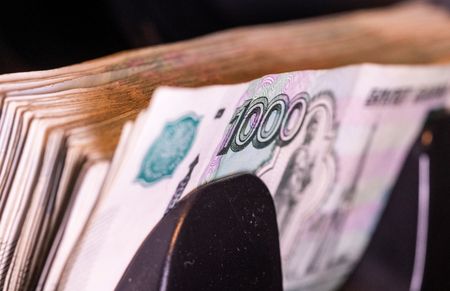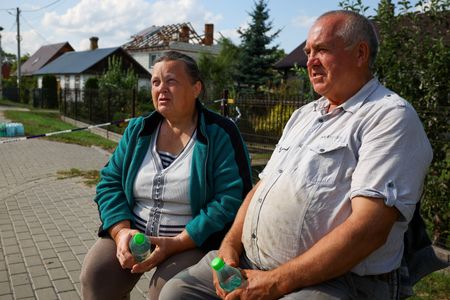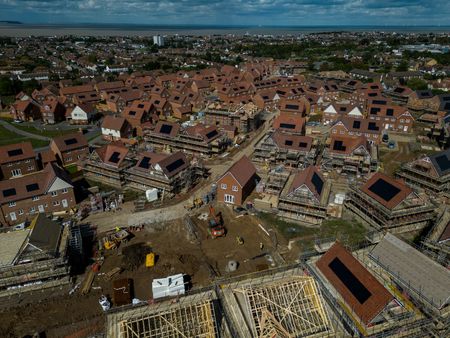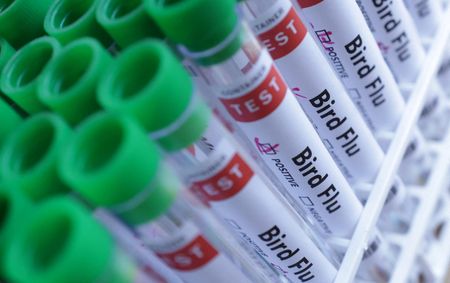By Elena Fabrichnaya and Gleb Bryanski
MOSCOW (Reuters) – The Russian rouble is seen weakening back to the level of around 100 to the U.S. dollar in one year from now, following a rally at the start of this year, a Reuters poll of 18 economists showed on Monday.
The rouble has strengthened by about 25% in 2025 against the dollar this year, mostly on expectations of easing geopolitical tensions between Russia and the U.S., which started talks in February about a potential peaceful settlement in Ukraine.
A strong rouble can widen Russia’s budget deficit in 2025, forcing the government to borrow more than it planned. The rouble is currently about 12% stronger than the level assumed in the budget.
Analysts saw the rouble weakening to a median of 97 to the dollar by the end of September from the current level of about 85. The rouble was set to weaken further to 100 one year from now, although in the short term it will remain strong.
“We believe that in April the rouble exchange rate will remain strong and trade close to current levels, although much will depend on the development of the geopolitical situation,” said Kirill Sokolov from Sovkombank.
Natalya Orlova from Alpha Bank argued that the geopolitical factor was hard to predict, and that even if relations between Russia and the U.S. improve, easing sanctions and increasing Russian export volumes to global markets will take time.
“In our opinion, the main phase of the rouble’s strengthening has ended, but there are not yet enough reasons for its significant weakening,” Orlova said. In the previous poll analysts saw the rouble at 105 to the dollar in one year.
Analysts said the central bank will keep its key interest rate on hold at 21%, the highest level since the early 2000s, at its next rate-setting meeting on April 25. They saw the regulator cutting the rate to a median of 20% in the second quarter.
“We believe that the cycle of monetary policy easing may begin at the meetings in June-July,” said Sokolov from Sovkombank. Some analysts expected the regulator to start cutting rates in the second half of the year.
“It is important to understand that the full set of data needed for the regulator to move towards lowering the key rate will not be available before the July meeting,” Gazprombank’s analysts said.
The analysts cut their full-year inflation forecast to 6.8% from 7.0% in the previous forecast. The full year economic growth forecast remained unchanged from the previous poll at 1.7%.
(Writing by Gleb Bryanski, Editing by William Maclean)










